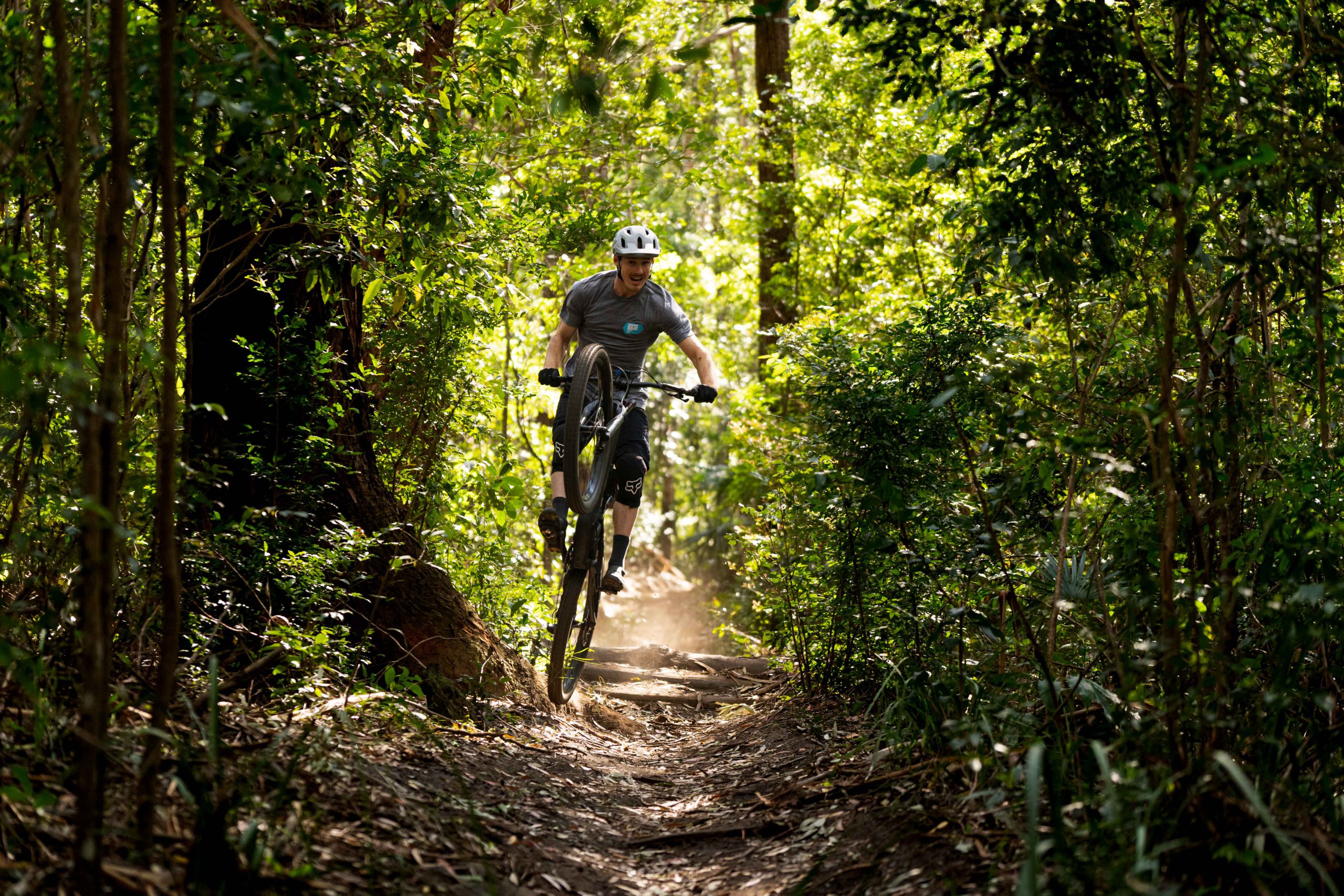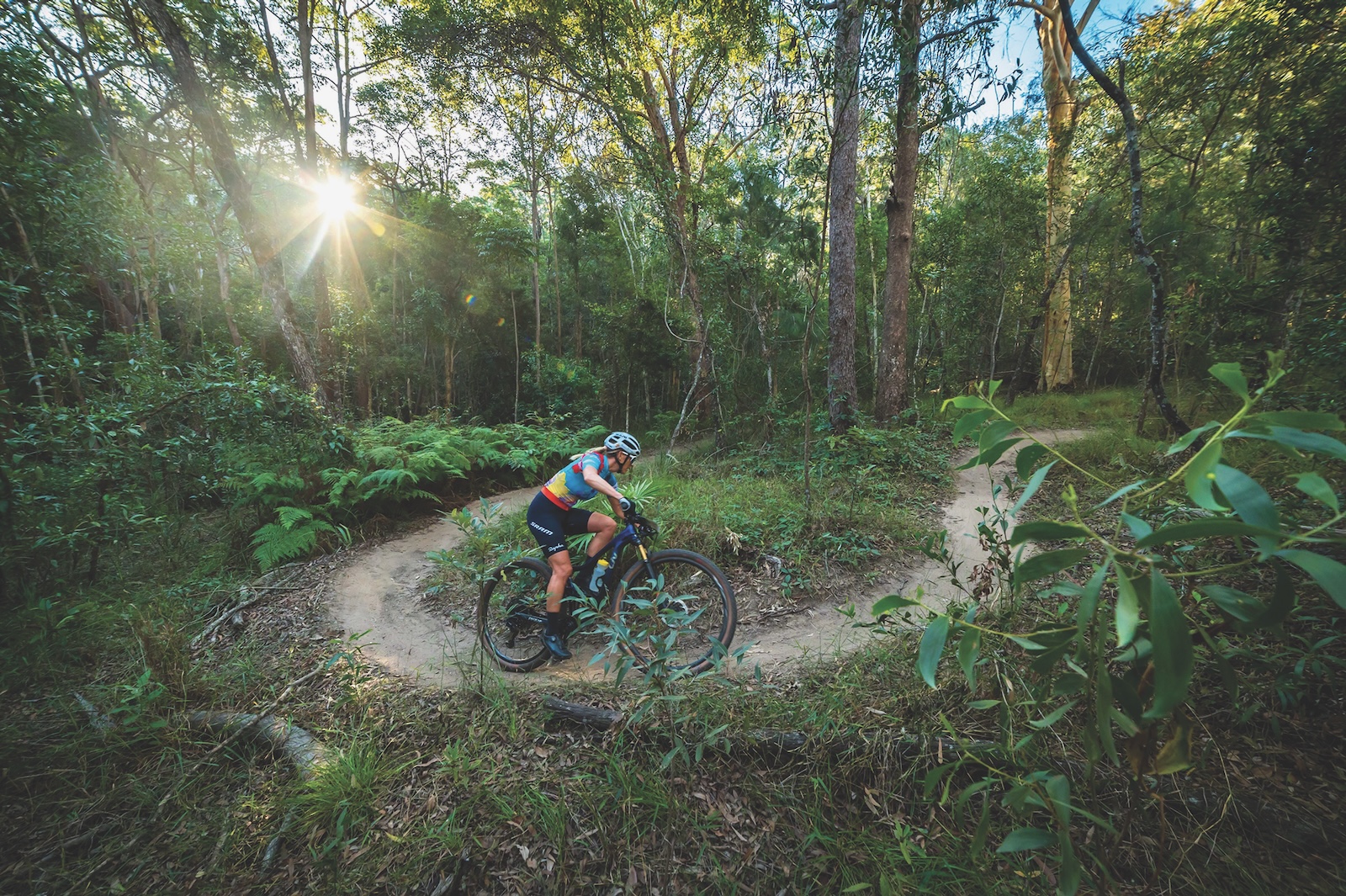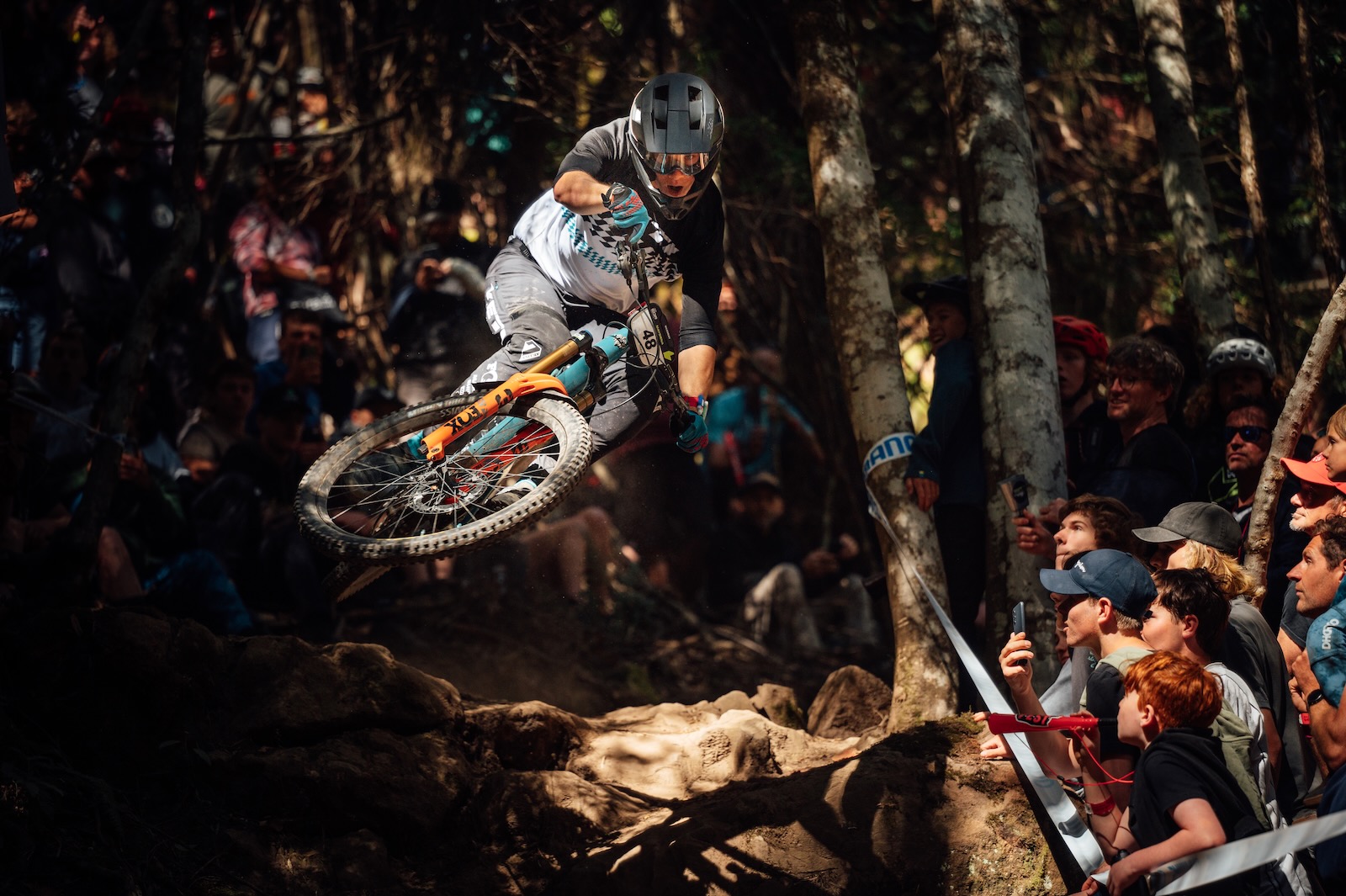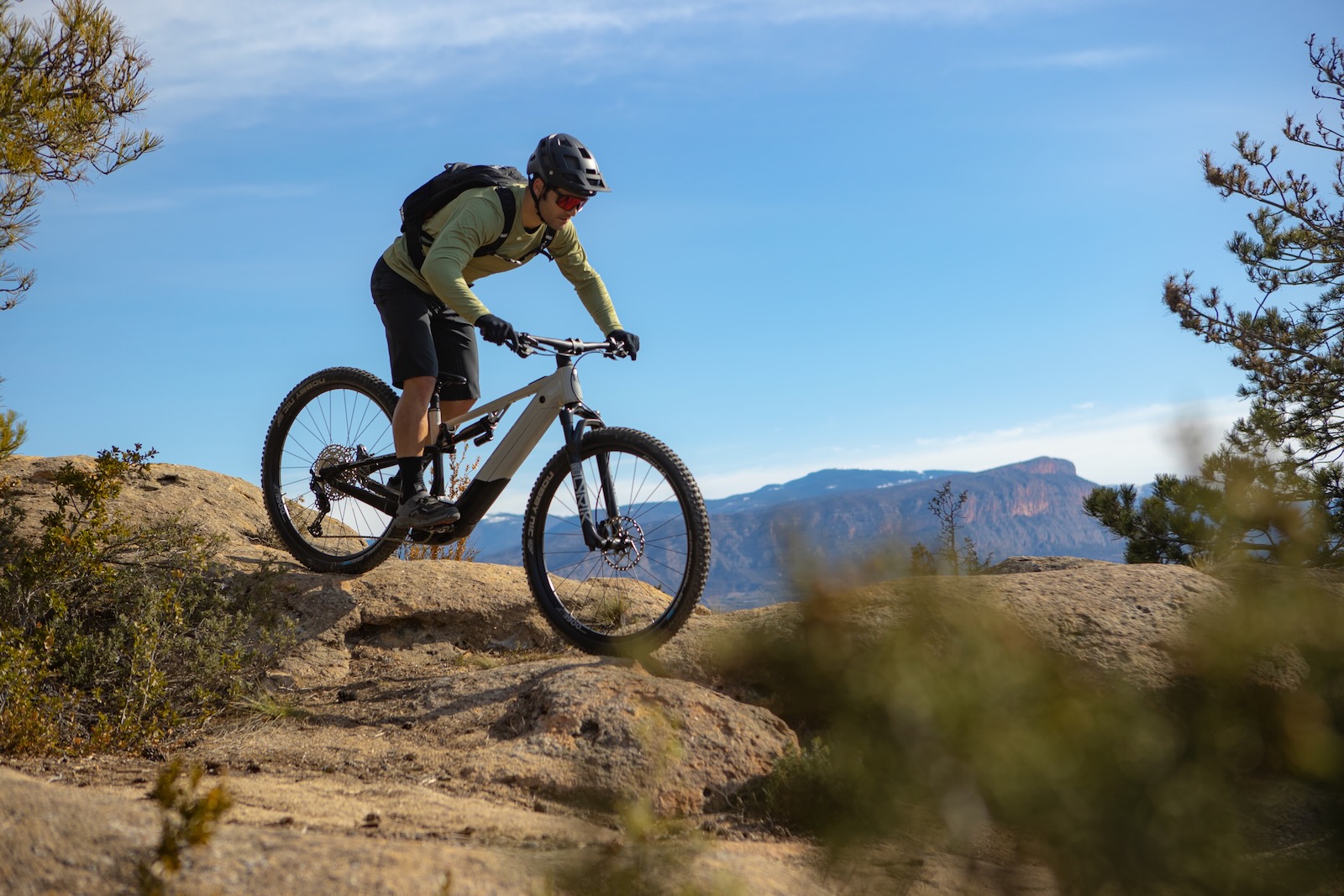Illawarra Escarpment mountain bike trails update
It has been an ongoing process, but the trail plan for the Illawarra Escarpment is here.
Photos: Ty Bowmaker
The Illawarra Escarpment is a geological wonder. Some 30 million years old, its sandstone cliffs rise 500 metres straight out of the sea, and curve like a spine down the coast from Stanwell Tops to Kiama. The Escarpment cradles the city of Wollongong, drawing its citizens up towards sublime views, precious rainforest, deep history and, for mountain bikers, huge elevation and unique terrain.
But if the Escarpment is a wonderful place for mountain biking, it’s also a complicated one. A large part of it is contained within the Illawarra Escarpment State Conservation area, managed by NSW National Parks, and holds deep cultural, natural and historic significance for community and cultural groups in the area, including Wollongong’s Aboriginal peoples.

Unfortunately, few of the trails that traverse the Escarpment are sanctioned. Or, to put it more bluntly, nearly all of them are illegal.
For around ten years, mountain bike groups around Wollongong have been trying to protect their trails and gain some legitimacy for riding in the area, and now that a mountain bike Concept Plan and vital environmental groundwork are reaching their final stages, things look set to change. The UCI Road Cycling World Championships are coming to Wollongong in 2022, and the city’s already seen a massive increase in all types of bike riding thanks to COVID…so is The ’Gong finally shaping up as a bike-friendly city?
More trail news from AMB
The great mountain bike boom on the NSW South Coast
Queensland's Bunya Mountains get a trail network
Fresh trails for kunanyi/Mt Wellington
AMB spoke to Gary Pesavento, member of the Illawarra MTB Alliance (IMTBA), who described the long and consultative process that has got this large-scale project into the air, and what’s next for mountain biking in the region.
The Illawarra MTB Alliance is a community collective formed several years ago with the goal of representing mountain bikers’ interests in the area. As a non-elected, non-representative body, consultation and feedback from the MTB community are key to their approach. “we’re not elected,” explains Gary, “we’re just a few local riders that formed the group because we felt that the community of riders needed some voice and representation. So, we’re very conscious that we need to be open to feedback and allow people from the community to have a voice.”
Discussion around legitimising and increasing trails on the Escarpment began around 2014, focusing on Mt Keira, with Destination Wollongong and other tourism bodies interested in making this landmark a centrepiece of the region. It quickly became apparent, however, that Mt Keira, which has significant Aboriginal cultural heritage, was unsuited for trail development. Not only was development unsuitable – it emerged that the trails in the Mt Keira area would, inevitably, close.
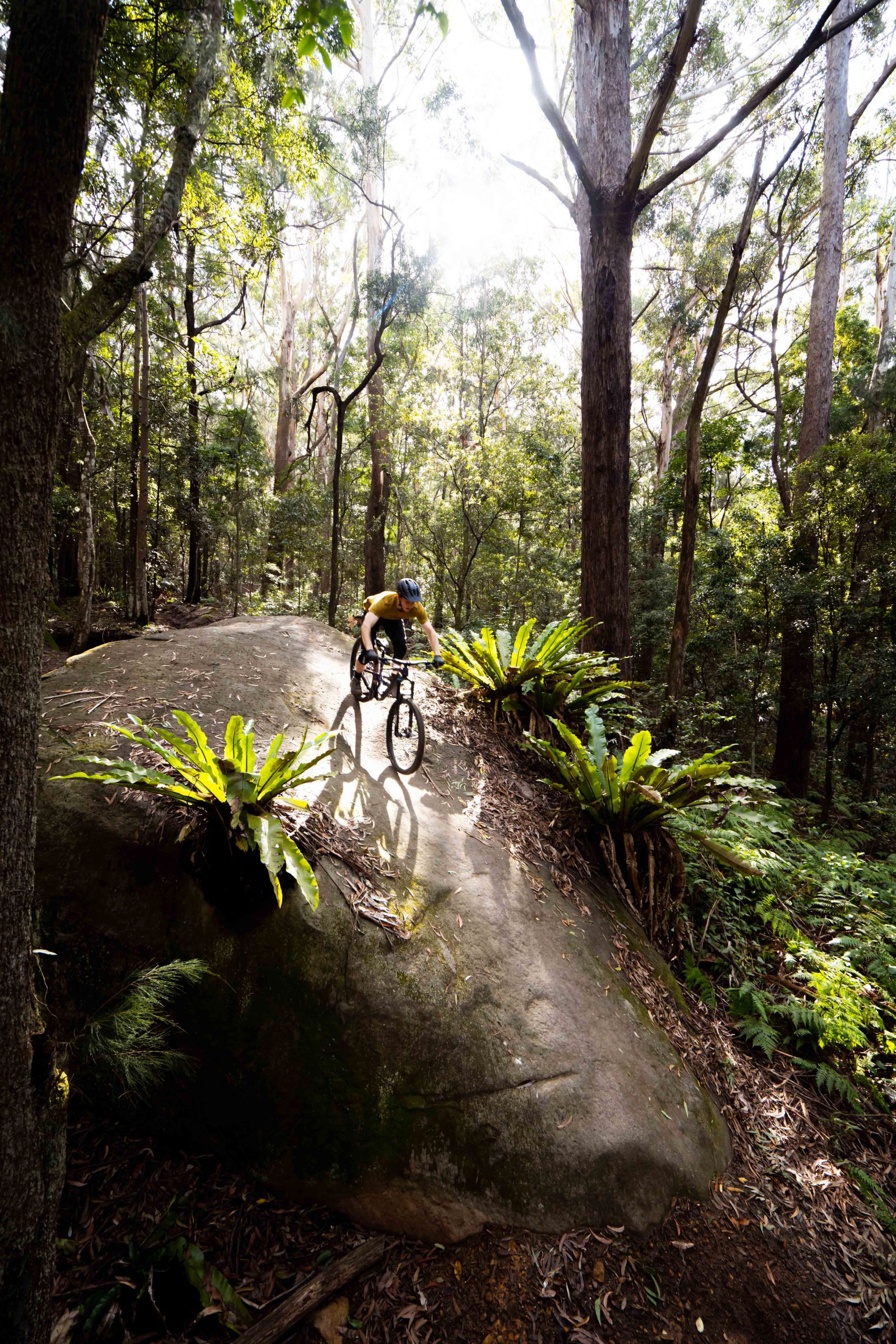
It had, however, become clear that mountain biking was so important to so many people in the local community that it would be difficult to close the Mt Keira trails without offering something to replace them. Any total closure would represent a huge loss to the community’s access to outdoor recreation, and all the health, fitness, and cultural benefits that come along with that. The Alliance took a pragmatic approach. “We’ve always understood that there would be some trail closures,” says Gary, “our view on that was, if we can secure a better network that’s built sustainably, that’s properly graded, that’s built to IMBA standard, it’s worth losing a handful of illegally built trails around Mt Keira so we can preserve some areas of the Escarpment that are unique.”
Working with at least a dozen stakeholder groups including seven different landowners, trail development and improvements are now squarely focused on three distinct areas around Mt Kembla and Mt Brisbane: O’Briens Drift, Kembla Heights, and Kembla Village. The concept plan proposes 61 trails spanning 44 kilometres (not including fire roads), around 60 per cent of which would be newly-built, the rest brought up to IMBA standards or rerouted to prevent erosion and other potential conflicts. Alongside the trail developments, Wollongong City Council will chip in enviable new facilities like proper parking areas, amenities blocks, and shuttle turn-around areas. During this process, NSW National Parks have gradually evolved into, if not full-blown champions, then cautious stewards of the process of legitimising and expanding the Escarpment trail network, invested in its success: “The good news is that Parks and Council have persisted and gone through a detailed, regulatory process, probably over and above what they’re legally required to do,” explains Gary. “They realised that the project was large, that it was significant to the community, and they wanted to give it the best chance of success, and ensure that all groups had had their say and gave their feedback.”
The trails will cater to all abilities, ranging from green to double black diamond, and including jump lines, flow trails, and natural technical descents.
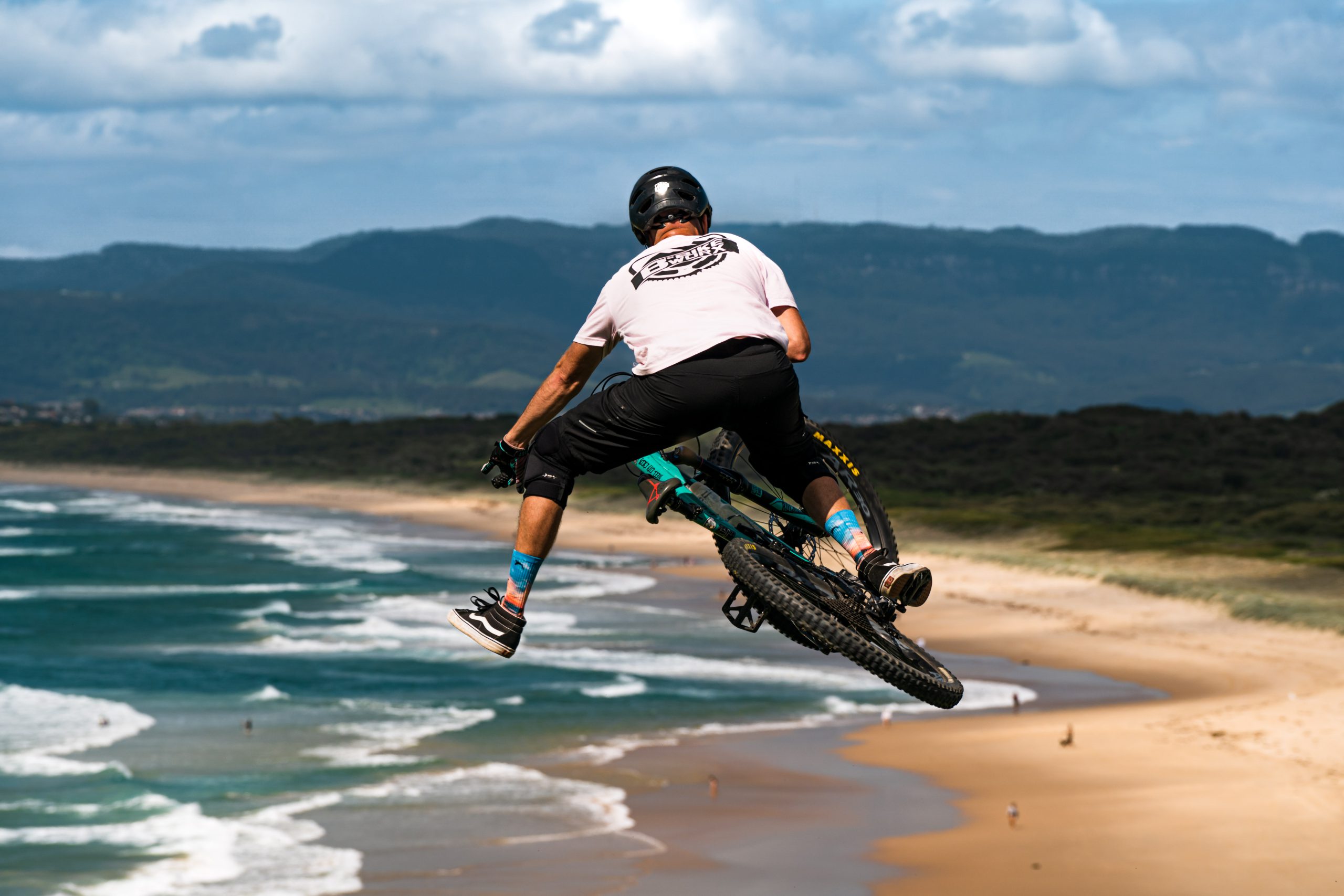
Although everything has taken a long time, things are coming together. There’s a Mountain Bike Concept Plan with detailed information on the development, and a draft Review of Environmental Factors with an associated community consultation survey open now (closing July 18, 2022). If the Review of Environmental Factors is signed off, the Strategy is due to be finalised in September this year, and will guide the way MTB is treated in the Illawarra State Conservation Area. It’s possible that the first sods could be turned by the end of 2022. If not, early 2023.
With legitimate, IMBA-standard trails in place, there are some clear benefits to the region – the protection of the State Conservation Area and its significant environmental and cultural gems, a boost to tourism, and new opportunities for local businesses – like events, coaching, or shuttles – that could never operate on an illegal network. Above all, the local community will be able to get out and enjoy world-class trails in their glorious backyard.
